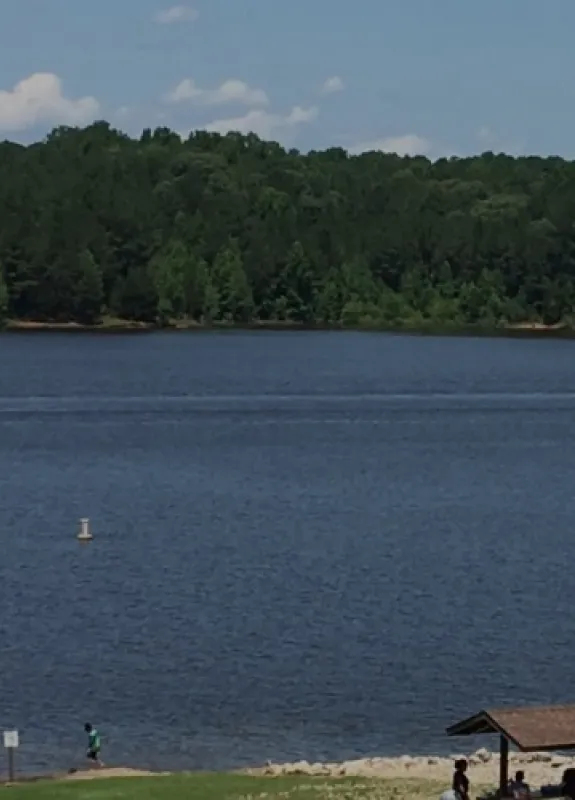half-content-main-title
Monitoring
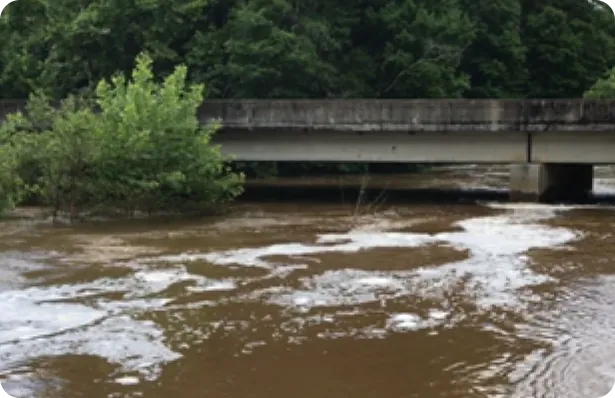
Development of the Program
A main purpose of the UNRBA monitoring was to provide data to develop updated watershed and lake models. These data were used to ensure model predictions are accurate. Before modeling began, initial assessments of existing data and models were conducted. The UNRBA identified data not previously collected, or that needed updating. This process informed the development of the UNRBA Monitoring Program.
To revise the 2011 Falls Lake Rules, certain requirements were specified in the Rules. One was collection of at least three years of water quality data in the watershed and Falls Lake. Another was to develop guidance documents to ensure data was collected using approved methods. The UNRBA submitted and the State of North Carolina approved these documents in 2014 before monitoring began:
- The UNRBA Monitoring Plan approved by DWR describes the how data would be collected (see Appendix B for DWR approval).
- The UNRBA Monitoring Quality Assurance Project Plan ensures the data were accurate for use in modeling.
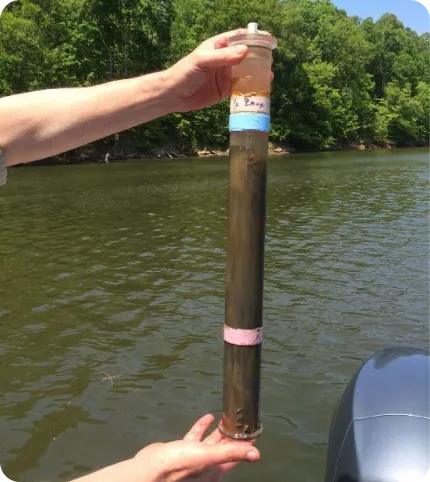
Development of UNRBA Special Study Plans
The UNRBA also developed special study plans designed to fill data gaps and improve the watershed and lake models. These additional studies allowed the UNRBA to improve understanding of the basin and Falls Lake. Links to the study plans are available in the resource library.
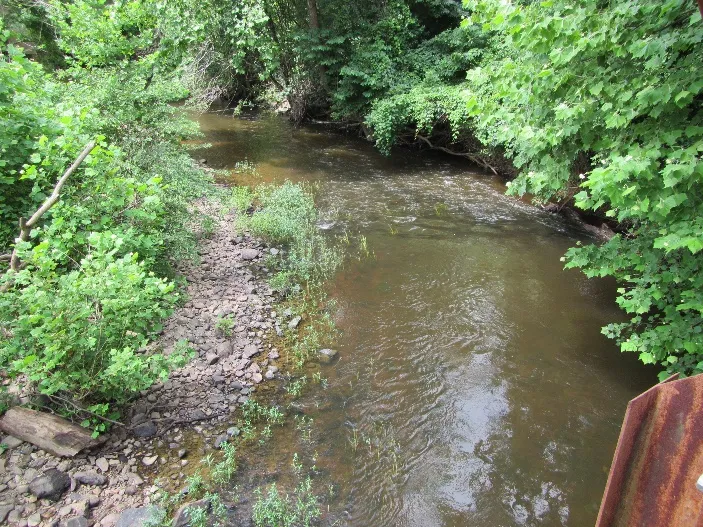
Access to UNRBA Data
The UNRBA began monitoring in August 2014. The monitoring program ended in 2018. This allowed the UNRBA to shift resources to modeling. The UNRBA collected over four years of data at 38 stations. Monitoring supported calibration of the watershed model. Calibration means making reasonable adjustments to bring the model results close to measured values.
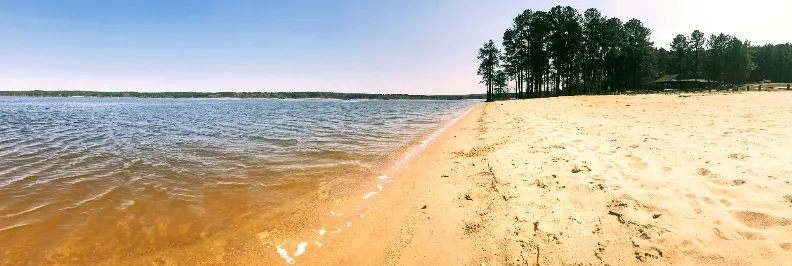
Most of the data from the lake was collected by the NC Division of Water Resources (DWR). The UNRBA also coordinated with DWR to collect additional data at their lake monitoring stations. Lake monitoring data was used to calibrate the lake models.
The UNRBA Monitoring Database is available for download. Supplemental files like station maps are available in the resource library.
- Link to SQL database
- Link to .csv file
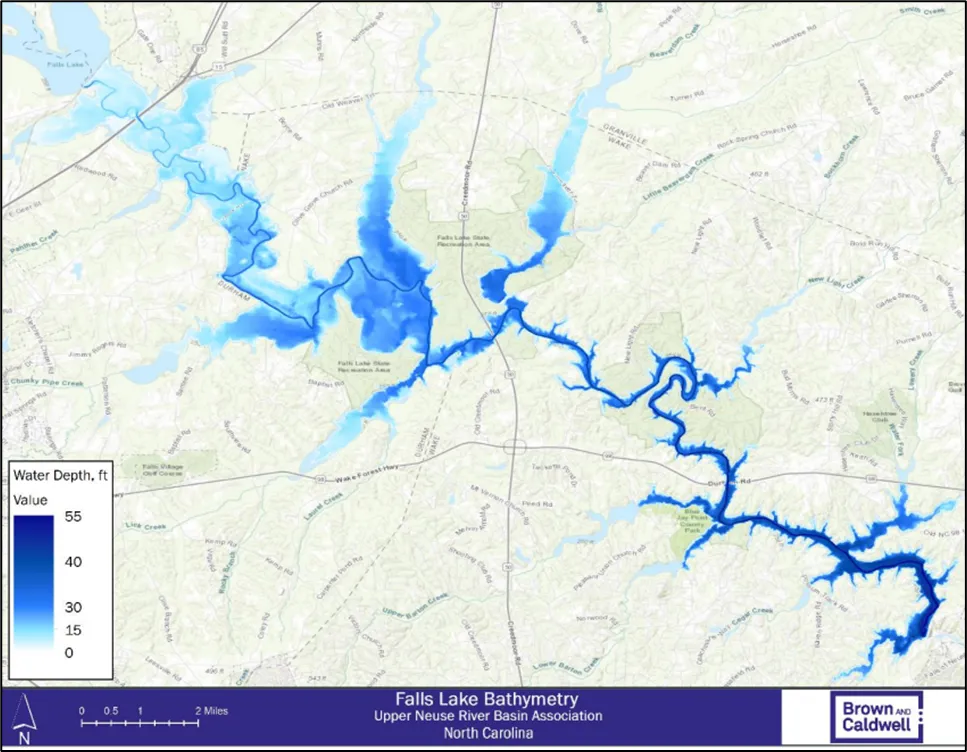
UNRBA Reporting
The resource library provides access to the UNRBA monitoring reports. The 2019 report is a comprehensive review of the UNRBA data. The report also addresses data from other organizations.
Special studies were summarized in the monitoring reports. Some also have separate reports:
box-main-title
Other Organizations Collecting Monitoring Data in the Watershed and Falls Lake
Several organizations collect monitoring data in Falls Lake and the watershed. Publicly available data are collected by the North Carolina Division of Water Resources and the US Geologic Survey. The EPA Water Quality Portal provides access to these data.
Local jurisdictions like the City of Durham and City of Raleigh also conduct monitoring in the watershed and lake. The NC State University Center for Applied Aquatic Ecology also collects data in Falls Lake. Data from these efforts can be obtained by request from these organizations.
The NC Collaboratory was formed in 2016 by the North Carolina legislature. The nutrient management research focused on Jordan and Falls Lakes. Researchers studied water movement, nutrient balances, algal toxins, and stream bank erosion. The NC Collaboratory also reported on policy and financing challenges and funded review of the UNRBA models. Interim and final research reports are available online at Resources | Nutrient Management Study (unc.edu)
Monitoring data provides valuable information about the watershed and Falls Lake. This data provides the basis for understanding and managing the system. Click on the links below to review key findings of the monitoring data:
Additional information is available in other monitoring and modeling reports listed in the resource library.
